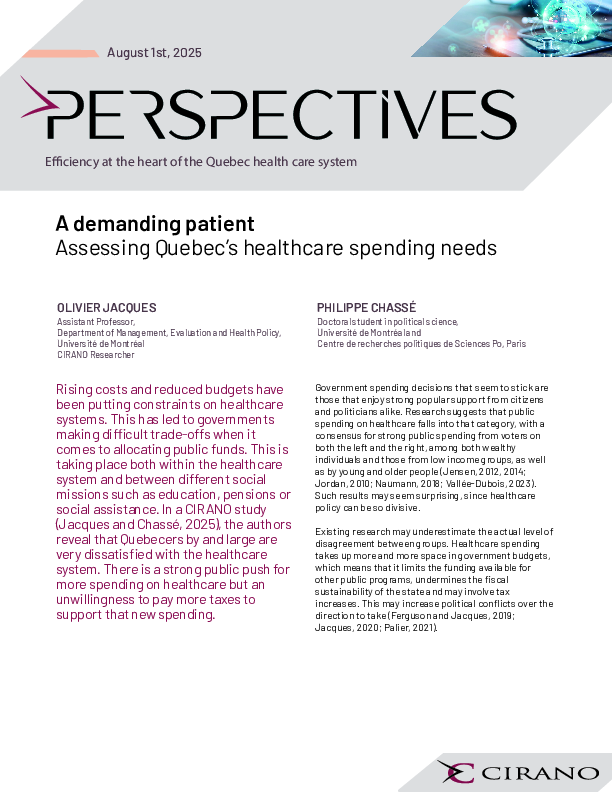Forecasting Expected Shortfall with a Generalized Asymmetric Student-t Distribution
Financial returns typically display heavy tails and some skewness, and conditional variance models with these features often outperform more limited models. The difference in performance may be especially important in estimating quantities that depend on tail features, including risk measures such as the expected shortfall. Here, using a recent generalization of the asymmetric Student-t distribution to allow separate parameters to control skewness and the thickness of each tail, we fit daily financial returns and forecast expected shortfall for the S&P 500 index and a number of individual company stocks; the generalized distribution is used for the standardized innovations in a nonlinear, asymmetric GARCH-type model. The results provide empirical evidence for the usefulness of the generalized distribution in improving prediction of downside market risk of financial assets.
[ - ]




